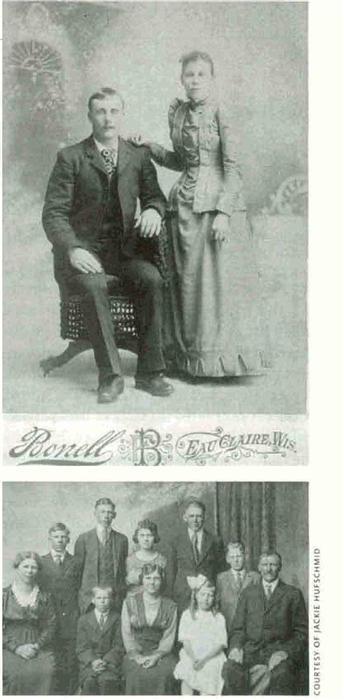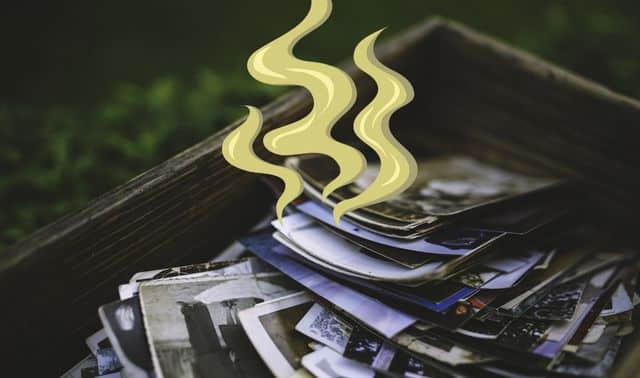Sign up for the Family Tree Newsletter! Plus, you’ll receive our 10 Essential Genealogy Research Forms PDF as a special thank you.
Get Your Free Genealogy Forms
"*" indicates required fields

1. Add up all the photographic evidence. Hufschmid submitted this portrait for my first Identifying Family Photographs column on FamilyTreeMagazine.com, and we established a date for the image by analyzing these clues:
? Type of photograph: Mounted on a 4½x6½-inch piece of cardstock, this portrait is an example of a cabinet card. Introduced in 1866, cabinet cards were popular into the early 20th century.
? Photographer’s imprint: The photographer, Bonell, placed his imprint (name and place of business) on the front of the card. By consulting Carl Mautz’s Biographies of Western Photographers (Carl Mautz Publishing), I learned that Bonell worked in Eau Claire and Chippewa Halls, Wis., between 1875 and 1890. This information provided Hufschmid with a 15-year time frame for the image.
? Clothing clues: By analyzing the couple’s clothing, I was able to narrow the time frame even further. The woman’s dress has tight lower sleeves and high, puffed shoulders, which were in style around 1890. The skirt has a scalloped edge, which was trendy in the late 1880s. The woman’s hairstyle with center part; short, frizzed bangs; and a bun at the nape of the neck also dates to the late 1880s. Her husband’s clothing — black sack suit with a buttoned vest, white shirt and silk tie — was fashionable during the same period. All of these costume clues date the image to around 1890.
2. Show the image to family, friends and even strangers.
An amazing thing happened when this portrait appeared online: We received several e-mails from Family Tree Magazine readers who had seen the picture before. A couple of people even owned copies of the image! Months later, when the picture appeared in the August 2000 Family Tree Magazine, a few more people contacted the magazine about the photograph. A network of family historians developed, and they worked together to try to find a common ancestor and identify the image. Still, it would take three more years to put names to these faces.
3. Re-evaluate your research.
After learning where the picture was taken, Hufschmid re-examined her genealogical research to find a connection to Eau Claire. Although she knew that her family had lived in Wisconsin, she couldn’t link her relatives to that town. Hufschmid also double-checked all her family photographs, just in case she had overlooked photographic evidence. In spite of her efforts, the image remained a mystery.
Last summer, Hufschmid and her father visited a cousin in Wisconsin. As the conversation turned to family history, she mentioned her photographic brick wall. Her cousin revealed that in the late 19th century, two of their female relatives had moved to Eau Claire — one to open a dress shop and the other to work in it. Eureka! There was the connection in Eau Claire.
Once she had names and a link to Eau Claire, Hufschmid realized that she owned another picture of the couple taken at a later date — a photo she had eliminated because of the missing Eau Claire information. Once home, she placed the identified 1920s image of the couple and their children (pictured above) next to the original portrait of the young couple, and she knew she had a match. The mystery people were Julia Gullickson (1872-1948) and her husband, James Wood (1868-1933). Scanning and enlarging sections of the images to compare facial features confirmed the identification.
This single image unlocked a piece of Hufschmid’s family history — but only because she refused to give up. A final piece of the puzzle still remains, though: How does the photo connect all the people who came forward after seeing it? Given her resources and tenacity, Hufschmid is sure to find out.
From the April 2004 Family Tree Magazine




